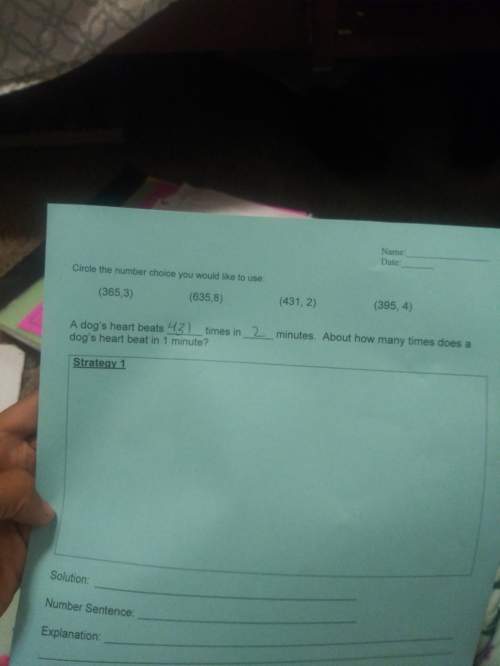
Physics, 17.06.2020 21:57 nommies005
The maximum energy a bone can absorb without breaking is surprisingly small. For a healthy human of mass 60kg, experimental data show that the leg bones can absorb about 200J (a) From what maximum height could a person jump and land rigidly upright on both feet without breaking his legs? Assume that all energy is absorbed in the leg bones in a rigid landing.(b) People jump from much greater heights than this; explain how this is possible.

Answers: 3


Other questions on the subject: Physics

Physics, 21.06.2019 21:40, taylordalton93
This problem has been solved! see the answera non-uniform fire escape ladder is 6.0m long whenextended to the icy alley below. it is held at the top by africtionless pivot, and there is neglibible frictional force fromthe icy surface at the bottom. the ladder weighs 250n, and it'scenter of gravity is 2.0m along the ladder from the bottom. amother and child of total weight 750n are on the ladder 1.5m fromthe pivot. the ladder makes an angle θ with the horizontal. find the magnitude and direction ofa) the force exerted by the icy alley on the ladderb) the force exerted by the ladder on the pivotc) do your answers in part a and b depend on the angle?
Answers: 3



Physics, 22.06.2019 18:30, lilypup004
Asled is being held at rest on a slope that makes an angle θ with the horizontal. after the sled is released, it slidesa distance d1 down the slope and then covers the distance d2 alongthe horizontal terrain before stopping. find the coefficient ofkinetic friction μk between the sled and the ground, assumingthat it is constant throughout the trip. find the coefficient of kinetic frictionμk. express your answer in terms of someor all of the variables d1, d2, and θ.
Answers: 1
You know the right answer?
The maximum energy a bone can absorb without breaking is surprisingly small. For a healthy human of...
Questions in other subjects:





Mathematics, 04.12.2020 01:00


Mathematics, 04.12.2020 01:00

English, 04.12.2020 01:00





